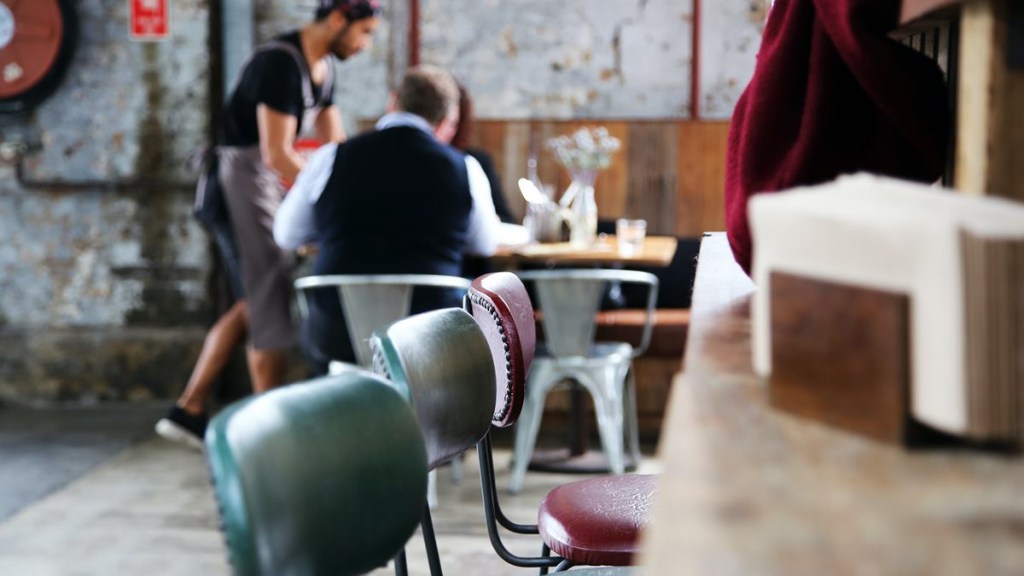By Sanjay Vazirani
The last two years were a nightmare for the Food and Beverage industry. It’s unfortunate that so many restaurants, street-side stalls and cafes had to shut down due to the constant COVID-19 lockdowns with no relief package by the government to support the industry. While some could not survive the mayhem, there were others who reinvented themselves in the tough times and changed their focus from dining-in to food delivery and the business model of cloud kitchens started gaining prominence. Many restaurants and star hotels adapted their kitchen infrastructure into ‘cloud kitchens’ also known as ‘ghost kitchens’ where food could be cooked and delivered.
With the economy back in the saddle the restaurants have now reopened. However, cloud kitchens have not lost their shine. Cloud kitchens due to their unique cost effective model are giving the traditional dine-in restaurants a good run for their money. So, the debate is whether, in terms of the business model, cloud kitchens are better than traditional dine-in restaurants. In terms of the gross merchandise value (GMV), the Indian cloud kitchen market is expected to become a $3 billion industry by 2024, up from about $400 million in 2019, according to a report by RedSeer Consulting. However, the question is amidst so many new delivery-only brands which take the limelight and consistently hold their market position.
Let’s look at some of the distinguishing factors between dine-in restaurants and cloud kitchens.
Location Parameters
The primary distinction between the cloud kitchen and the dine-in restaurant is the location. For a dine-in restaurant, the location is by far one of the most important factor that determine its success. A premium location commands higher rent for the space which effectively impacts the price points for that restaurant. A restaurant that’s located in an upmarket location can command higher pricing too but that may not always result in higher profitability.
On the other hand, a cloud kitchen is location agnostic as the entire model is delivery based. Food is prepared only once an order is received hence the location of the cloud kitchen does not matter. Moreover, they require a small space of around 600 sq. ft or even much lesser as against a restaurant that needs a minimum of 1500-2000 sq. ft area. Many cloud kitchens opt for industrial galas as the rents are much lower.
Set Up Cost and Operational Cost Parameters
The operational costs of a restaurant are far higher than a cloud kitchen. A restaurant needs to maintain not just its physical infrastructure but also more qualified staff to serve tables and attend to guests. On the other hand, a cloud kitchen can operate with very limited staff mainly including the kitchen team and a small support team. In terms of cost-effectiveness, cloud kitchens have a definite advantage in most of the areas as compared to a traditional dine-in restaurant.
Community Building
A lot of effort goes into building the community of patrons and the perfect hand- picked front of house team to deliver a quality guest experience.
(Sanjay Vazirani is the CEO of Foodlink. Views expressed are personal)








